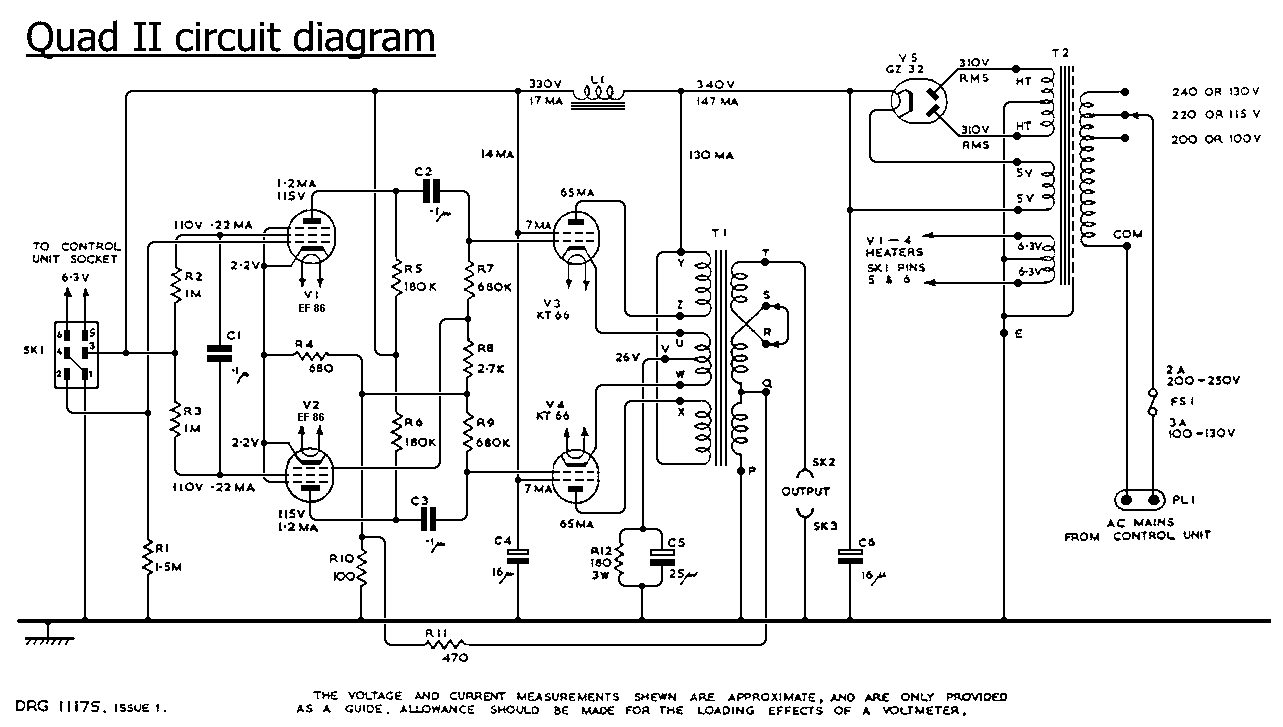
Steve, the 'negative' of the output terminals is connected to the circuit common (ground), so if you have a multimeter you should get virtually zero ohms between the negative and the input ground.
From the 'positive' terminal you would read a few tenths of ohms I would think. Whichever reading is the lowest to circuit ground will be the 'negative'.
I love Hendrix for so many reasons. He was so much more than just a blues guitarist - he played damn well any kind of guitar he wanted. In fact I'm not sure if he even played the guitar - he played music. - Stevie Ray Vaughan



 Reply With Quote
Reply With Quote
 Originally Posted by Barry
Originally Posted by Barry


